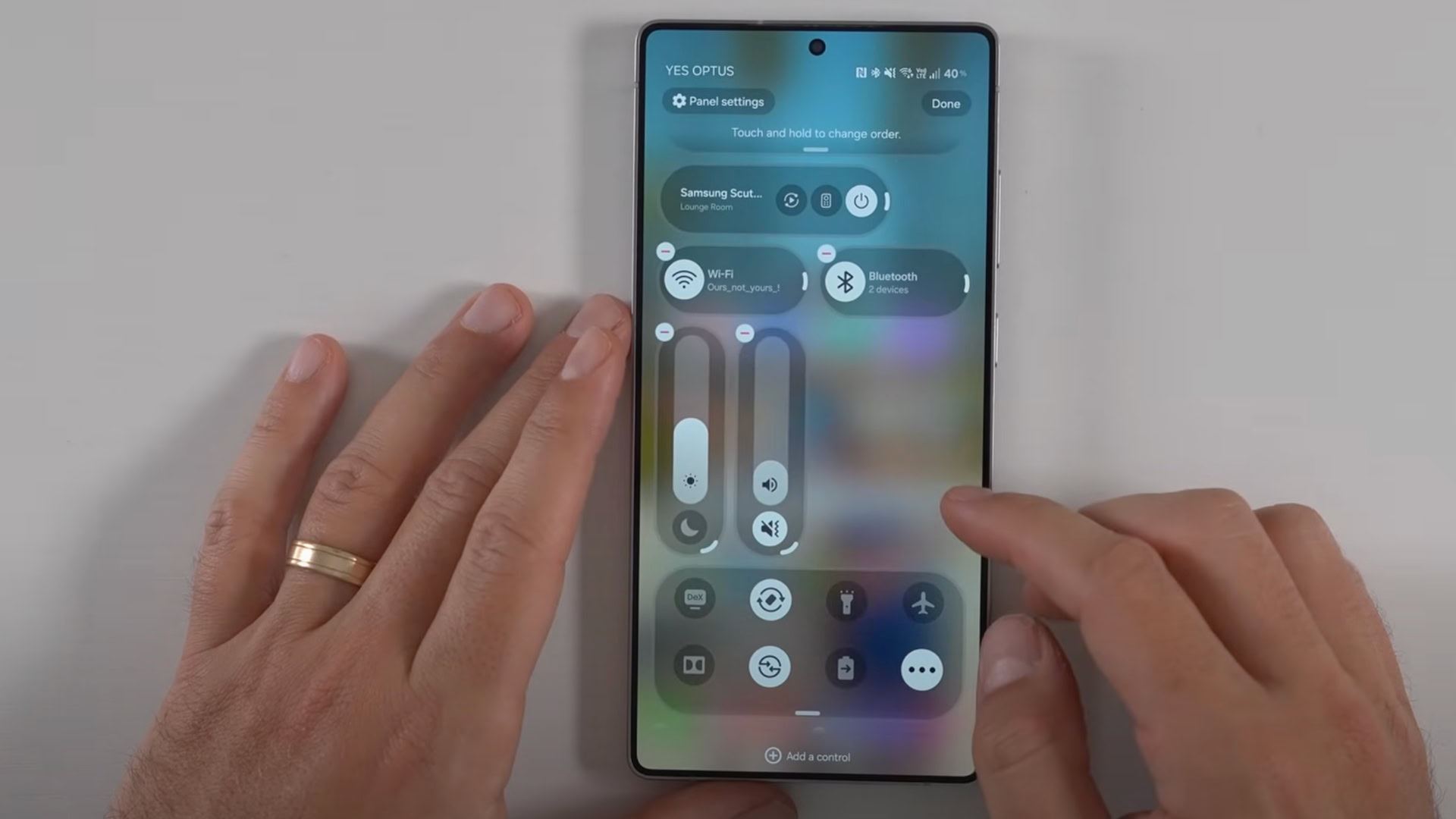| IN A NUTSHELL |
|
In recent years, a curious trend has emerged among Gen Z: a noticeable shift from smartphones to what are affectionately termed “dumbphones.” This move is not just a technological rollback but a cultural statement. By adopting devices reminiscent of the Y2K era, young people aim to reclaim their focus, mental clarity, and privacy in an age dominated by surveillance capitalism. The digital meeting places once heralded as community hubs have evolved into bustling marketplaces vying for human attention. This shift has prompted a growing number of users, especially younger ones, to seek simpler, less intrusive alternatives.
The Algorithmic Attention Economy and Its Discontents
Behind every notification lies a complex system designed to capture data. Each interaction—be it a swipe, pause, or playlist choice—is meticulously analyzed to tailor content and tighten a feedback loop that transforms users into components of an immense data machine. Notably, the time users spend engaging with friends’ content has diminished substantially on platforms like Facebook and Instagram. This decline highlights a growing discomfort with the current state of social media, where the constant barrage of ads and low-effort content often triggers anxiety rather than fostering connection.
Research supports this sentiment, revealing that nearly half of teenagers report being online “almost constantly.” However, Gen Z is spearheading a quiet rebellion against this digital overload. Studies indicate that their average time on social media has decreased since 2021, with one in five consumers attempting some form of digital detox. This suggests that the culture of infinite scrolling might be reaching its limit, as younger users increasingly seek to break free from the cycle of constant connectivity.
Dumbphones, Y2K Nostalgia, and the Rise of Retrotech
In response to the digital deluge, retrotech is gaining traction. Once a playful nod to Y2K aesthetics, it has evolved into a deliberate embrace of simpler tools. Classic candy-bar phones, e-ink devices devoid of social media, and flip phones boasting week-long battery life are becoming popular choices. This trend is not confined to a small niche but is making waves across platforms like TikTok and subreddits dedicated to everyday carry.
The appeal of these retro devices lies in their ability to offer peace of mind for a relatively low cost. Young users are rediscovering the joys of tactile, clicky keyboards and the simplicity of a device that does not constantly demand attention. As one tech columnist notes, smartphones have lost their charm, becoming more of an addiction than a source of enjoyment. This sentiment is driving individuals to seek out technology that allows them to step back in time, if only temporarily.
Analog Revival and Digital Minimalism
The retrotech movement extends beyond phones, encompassing a broader revival of analog devices. From point-and-shoot cameras to paper planners and standalone alarm clocks, these tools offer a tangible connection to the past. They serve as a counterbalance to the notification fatigue and algorithmic existence that define modern life. By choosing analog alternatives, users can reclaim cognitive bandwidth and embrace intentional living.
Privacy concerns also play a significant role in this shift. Many individuals are opting for self-hosted services, data-ownership initiatives, and open-source operating systems to regain control over their digital lives. This movement is not about rejecting technology altogether; rather, it is about demanding smarter, more mindful interactions. By stepping away from the cloud’s all-seeing eye, users can protect their privacy and enjoy a more personalized, less intrusive digital experience.
Why Going ‘Dumb’ Isn’t So Simple
While the appeal of dumbphones is undeniable, the transition is not without its challenges. Modern conveniences, such as navigation apps, digital payments, and instant messaging, have become integral to daily life. These features are difficult to forgo entirely, prompting users to seek creative solutions. Some opt for stripped-down Android devices, while others pair basic flip phones with tablets for added functionality.
The desire for a distraction-free handset often collides with the reality of needing specific capabilities. This tension underscores the complexity of the retrotech revival. For many, it is not about proving willpower or superiority but about finding a tool that aligns with their values. The movement is as much about self-expression and personal preference as it is about technological nostalgia.
As the digital landscape continues to evolve, the appeal of retrotech remains strong. By choosing devices that prioritize simplicity and intentionality, individuals can carve out a space for reflection and connection in an increasingly connected world. While no single device can dismantle the attention economy, each choice contributes to a larger shift towards a more mindful, deliberate approach to technology. Will the trend towards simpler devices continue to gain momentum, or will the allure of the latest innovations prove too tempting to resist?
This article is based on verified sources and supported by editorial technologies.
Did you like it? 4.6/5 (26)
Source link


